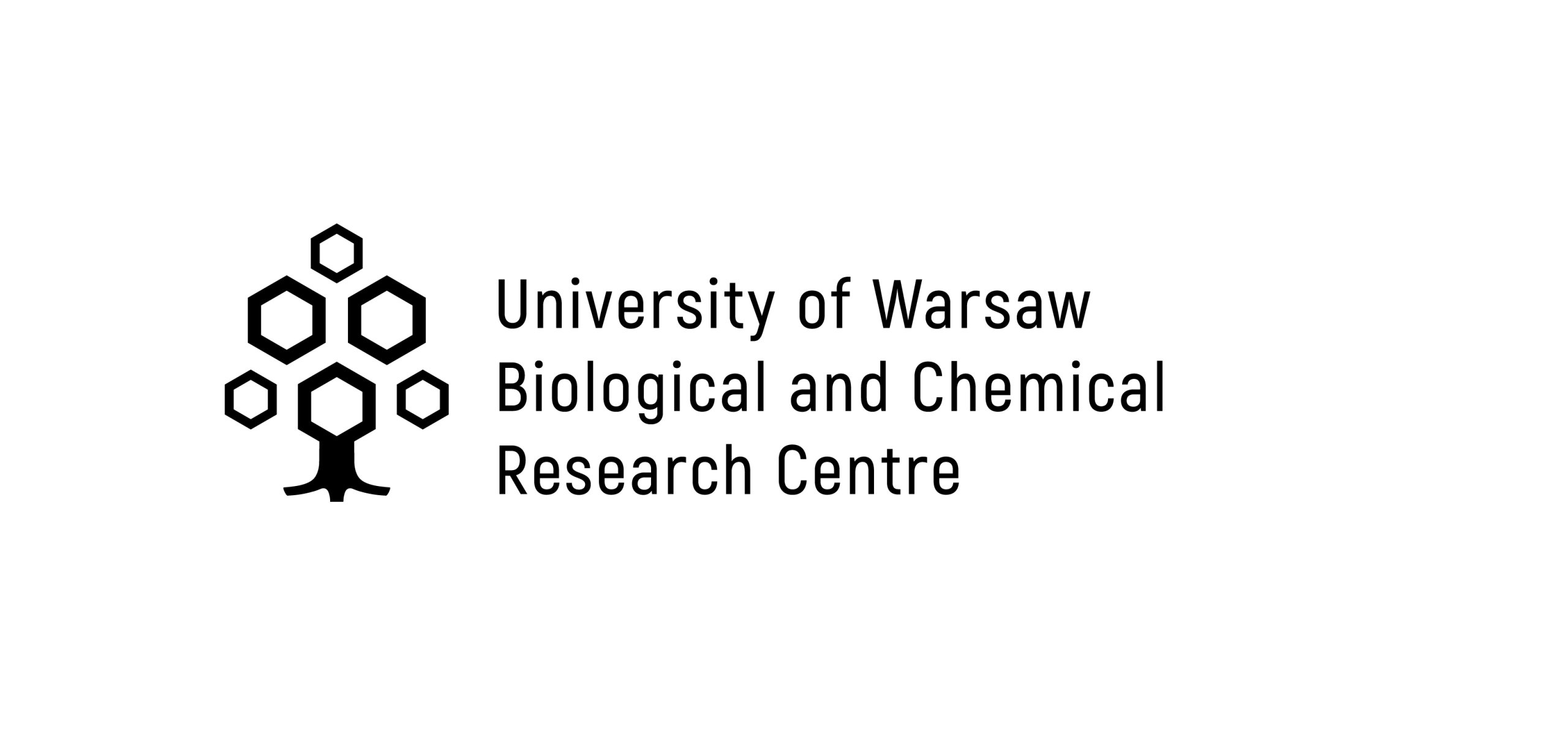Plastid Nanomorphology Group
Description of the Group
Our group investigates the structural plasticity of the plastid internal membrane network, both during its early formation and in mature chloroplasts. We study the relationship between composition and organization of highly ordered cubic membranes in plants using 2D and 3D structural analyses (TEM, electron tomography, confocal microscopy, and subsequent 3D modeling), supplemented with biochemical and biophysical methods. This approach allows us to uncover the connections between composition, structure, and biological function of these complex spatial membrane assemblies.
Website: https://png.biol.uw.edu.pl
Research Activities
CNBCh UW hosts our “Lab for high-pressure freezing and substitution of TEM samples”, in which microscopic samples are fixed by freezing and by chemical methods. At later stages, the preparations are studied by electron and confocal microscopy for 2D and 3D analyses.
Team Leader
Dr. Łucja Kowalewska (Head of the Department of Plant Anatomy and Cytology at the Institute of Experimental Biology and Plant Biotechnology, Faculty of Biology, University of Warsaw) conducts research on plant plastid biology, focusing on the nanomorphology of their internal membrane systems.
Scientific achievement
Our most significant scientific achievement has been deciphering the 3D ultrastructural mechanism of membrane transformation during chloroplast biogenesis, specifically the transition from prolamellar body (PLB) to the thylakoid network. Using advanced 3D microscopy techniques, including electron tomography and confocal microscopy, we revealed the details of this cubic-to-lamellar membrane transformation. Our research team developed specialized software that enabled the identification of the PLB structure as a diamond bicontinuous arrangement, significantly advancing our understanding of cubic membranes and their transformation processes.
More recently, we demonstrated that the lamellar network of fully developed thylakoids can transform into a gyroid configuration, which can facilitate molecular movement in chloroplast stroma and enable more efficient repair mechanisms of proteins typically occupying stacked membrane region. In our ongoing research, we employ plant plastids’ internal membranes as a model system to explore cubic morphologies. By investigating the interplay between structure and composition in self-organizing cubic and lamellar arrangements during plastid ontogenesis, we aim to decipher how changes in membrane composition impact the formation and stability of these unique membrane assemblies.
